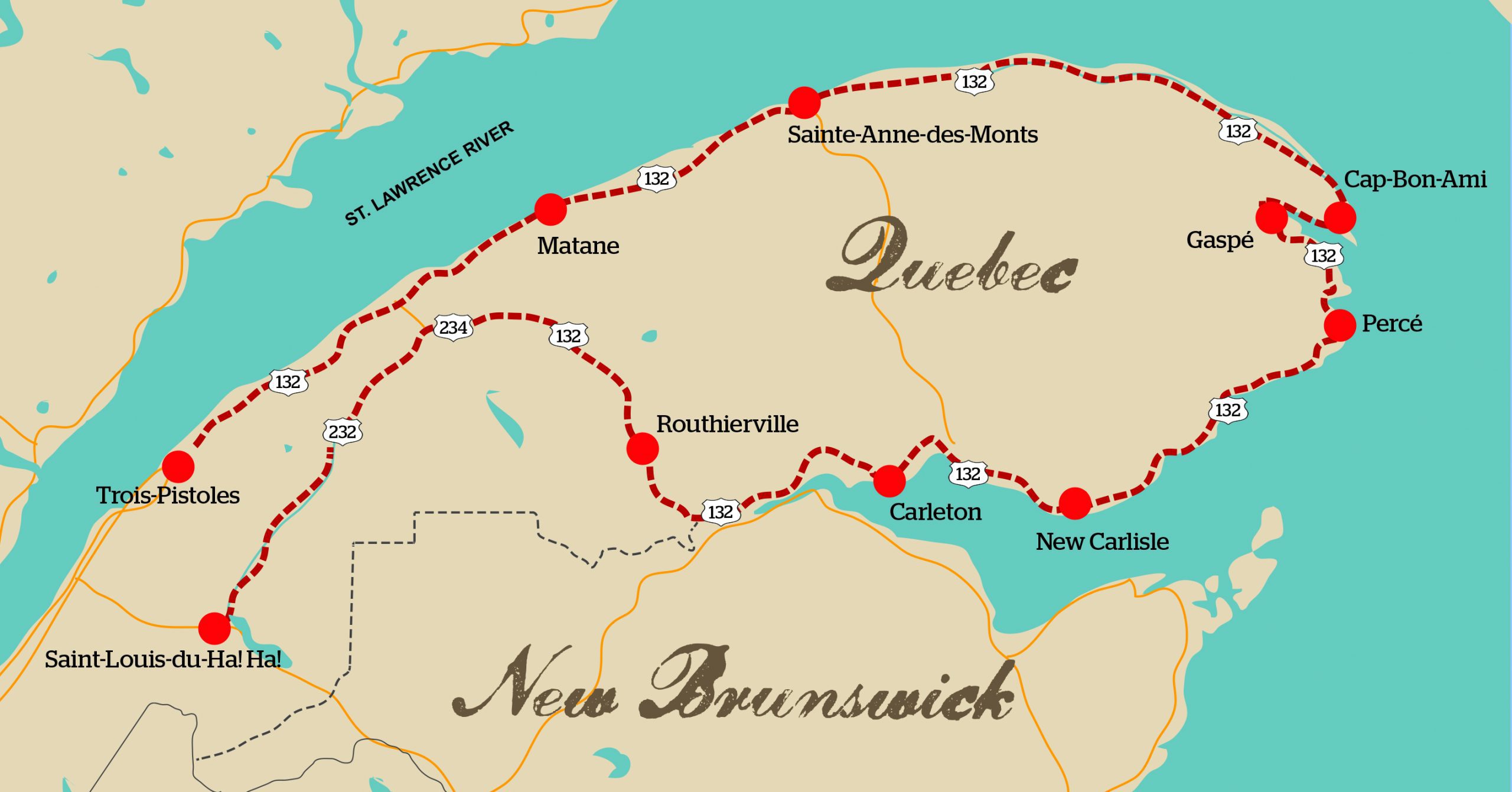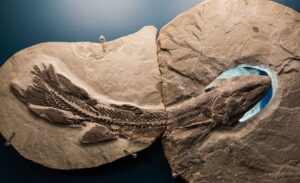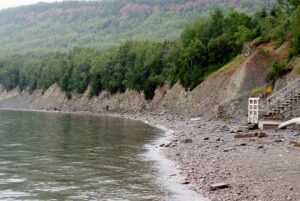Miguasha National Park is located in south-eastern Quebec on the southern coast of the Gaspé peninsula. The Mi'Kmaq people of the Gaspé called this area Megouasaq which means ‘red cliffs’. Over time the name changed to Miguasha. When the setting sun bathes the cliffs in glowing light, the rocks turn to beautiful shades of crimson.
Miguasha is famous for a series of rocks called the Escuminac Formation which lie at beach level. Palaeontologists have extracted thousands of beautifully preserved fossils from the Escuminac cliffs. Most of the fossils are fish that lived 380 million years ago. The fossils discovered here come from the six fossil fish groups associated with the Devonian Period known as the ‘Age of Fishes’.
Miguasha National Park was designated a UNESCO World Heritage site in 1999. The park preserves the integrity of the fossil cliff and the Escuminac Formation. Protecting the beach area enables the recovery of fossils that fall from the cliff and are moved by the tides.
The Miguasha National Park Museum, features exhibits on the history of life on Earth as well as interactive displays that enable visitors to learn about the area’s geology and palaeontology. Miguasha National Park is also popular with outdoor enthusiasts. Activities include hiking, camping, and kayaking as well as guided tours and educational programs for people of all ages.
My niece, Averill Huxter, teaches at Escuminac School located approximately 32 km away from Miguasha National Park. When I asked her if her students have been there on school field trips, she replied, ‘Yes, it is so interesting. It’s only 15 min from the school.’
# living life abundantly # published author # travelling tuesdays









